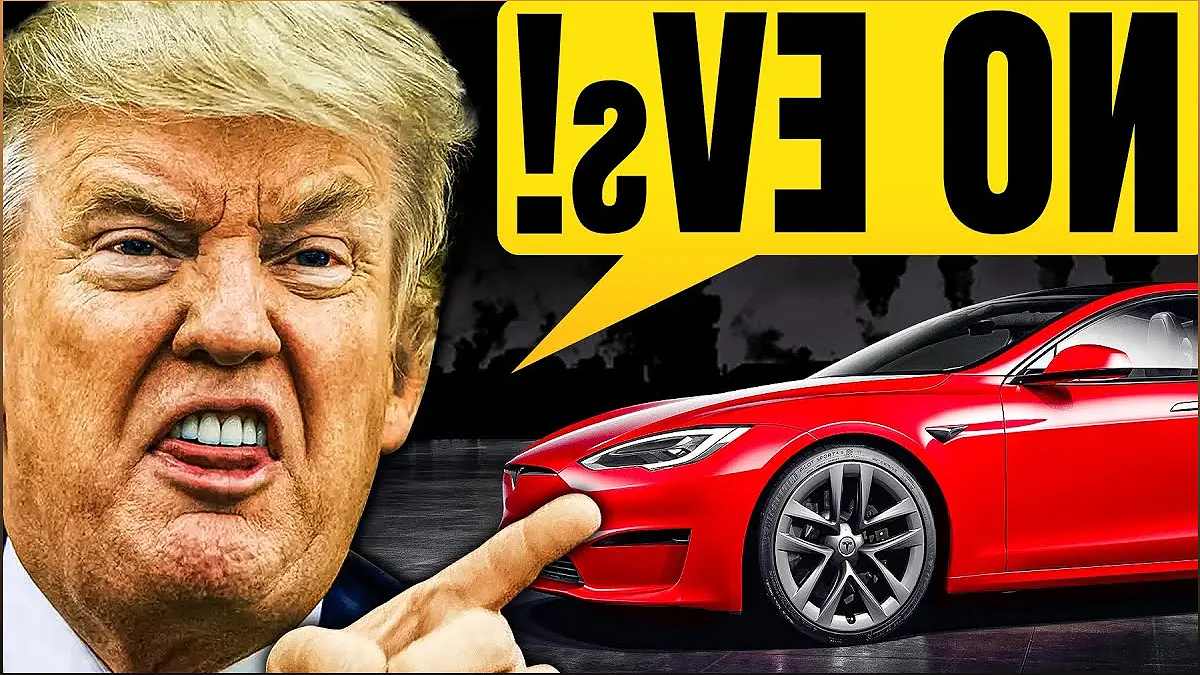Welcome to the future of transportation! In this article, we will delve into the electrifying world of electric vehicles (EVs) and explore their immense potential to revolutionize the automotive industry. From falling prices and increased vehicle options to substantial government incentives, EVs are gaining momentum. However, the uncertain policy landscape and the looming potential return of Donald Trump create a sense of anticipation and concern. Join me as we uncover the driving forces behind the rise of EVs and navigate the twists and turns of this green revolution.
The Growing Popularity of Electric Vehicles
Discover the reasons behind the increasing consumer interest in electric vehicles and the significant investments made by automakers.
Electric vehicles (EVs) are capturing the attention of consumers like never before. Falling prices, expanded vehicle options, and substantial government and industry investments have all contributed to the surge in popularity. According to Cox Automotive, EVs accounted for 7.2% of the market in the last quarter, up from 5.7% the previous year.
Automakers have recognized this shift in demand and are making significant investments in EV technology. Over the past eight years, more than $120 billion has been invested, resulting in the creation of 143,000 new jobs in the United States alone.
The Role of Government Incentives
Explore how government incentives play a crucial role in bolstering consumer demand for electric vehicles.
While organic demand for electric vehicles is on the rise, automakers are banking on government incentives to further boost consumer interest. The Biden administration has set ambitious goals, aiming to have EVs constitute up to two-thirds of new car sales in the US by 2032. To achieve this, a combination of tax incentives and fuel efficiency standards will be implemented.
The recently proposed Inflation Reduction Act includes government loans for automakers to build EV battery plants and provides consumers with up to $7,500 in tax credits for US-made EVs. Additionally, the infrastructure bill allocates funds for a network of charging stations aimed at reducing EV costs.
The Policy Uncertainty Challenge
Uncover the concerns surrounding the potential policy shifts in the automotive industry and the impact on EV adoption.
The automotive industry thrives on stability and predictability, but the potential return of Donald Trump introduces a level of policy uncertainty. While many lawmakers and industry players are embracing the transition to electric vehicles, Trump's negative stance on EVs could disrupt the industry's carefully laid plans.
Automakers do not want to be subjected to rapid shifts in government policy, as it could have significant consequences for their investments in EV technology. The industry needs a consistent and supportive policy framework to drive the transition effectively.
Competition and Collaboration in the EV Market
Examine the competitive landscape of the electric vehicle market and the collaboration between automakers.
Electric vehicles have attracted fierce competition from Tesla and Chinese manufacturers. Traditional automakers are pivoting towards EVs to keep up with consumer demand, stricter environmental regulations, and pressure from investors.
General Motors plans to phase out the sale of internal combustion vehicles by 2035, while Ford aims to make EVs nearly half of its sales by 2030. This shift highlights the industry's determination to embrace a greener future. Collaboration between automakers is also becoming more prevalent as they join forces to develop advanced EV technologies and share the costs of research and development.
The Road Ahead: Challenges and Opportunities
Explore the challenges and opportunities that lie ahead for the electric vehicle industry.
While the transition to electric vehicles presents numerous opportunities, challenges also await. The expansion of charging infrastructure, advancements in battery technology, and addressing range anxiety are key hurdles to overcome. However, with each challenge comes the potential for innovation and growth.
As consumer demand for sustainable transportation continues to rise and the push for environmental regulations intensifies, the electric vehicle industry is poised for a greener and electrified future. The journey may be filled with twists and turns, but the destination remains clear: a more sustainable automotive industry that benefits both the planet and its inhabitants.
Conclusion
The rise of electric vehicles (EVs) in the automotive industry is undeniable. Falling prices, increased vehicle options, and substantial government incentives have propelled the growing popularity of EVs among consumers. Automakers have made significant investments in EV technology, creating thousands of jobs and driving innovation.
Government incentives play a crucial role in bolstering consumer demand, and the Biden administration's commitment to supporting the EV transition is encouraging. However, policy uncertainty remains a challenge, as potential shifts in government policy could disrupt the industry's progress.
Competition and collaboration are shaping the EV market, with traditional automakers pivoting towards EVs and joining forces to develop advanced technologies. While challenges lie ahead, such as expanding charging infrastructure and addressing range anxiety, the opportunities for a greener and electrified future are vast.
In conclusion, the future of the automotive industry is undeniably electric. The road ahead may have twists and turns, but the destination is clear: a more sustainable and environmentally friendly transportation system.
FQA
Are electric vehicles gaining popularity among consumers?
Yes, electric vehicles are gaining popularity among consumers due to falling prices, increased vehicle options, and government incentives.
What role do government incentives play in the adoption of electric vehicles?
Government incentives play a crucial role in bolstering consumer demand for electric vehicles by providing tax credits, grants, and funding for charging infrastructure.
What challenges does the electric vehicle industry face?
The electric vehicle industry faces challenges such as expanding charging infrastructure, advancements in battery technology, and addressing range anxiety.
How are traditional automakers responding to the rise of electric vehicles?
Traditional automakers are pivoting towards electric vehicles to keep up with consumer demand, stricter environmental regulations, and pressure from investors.

